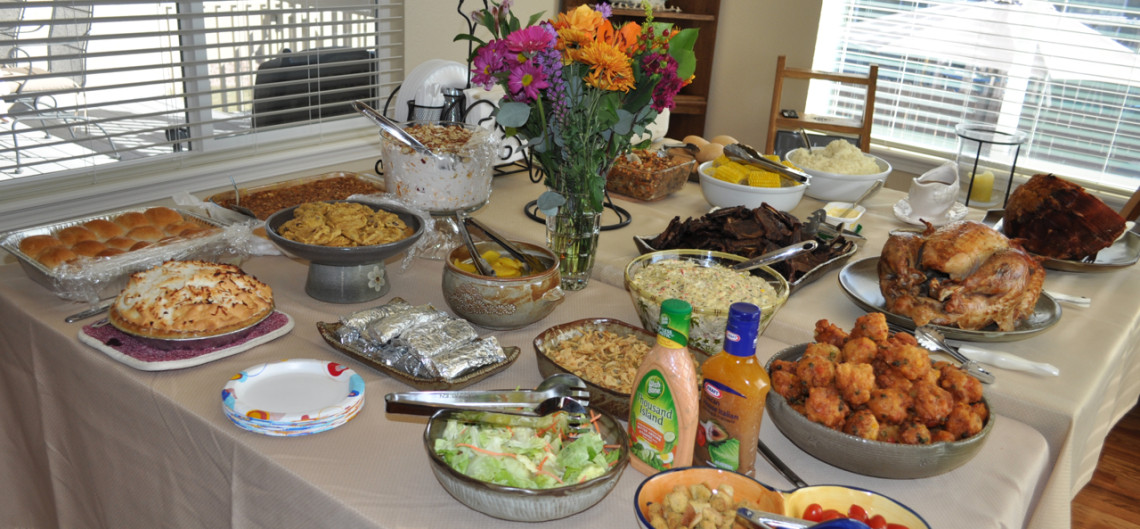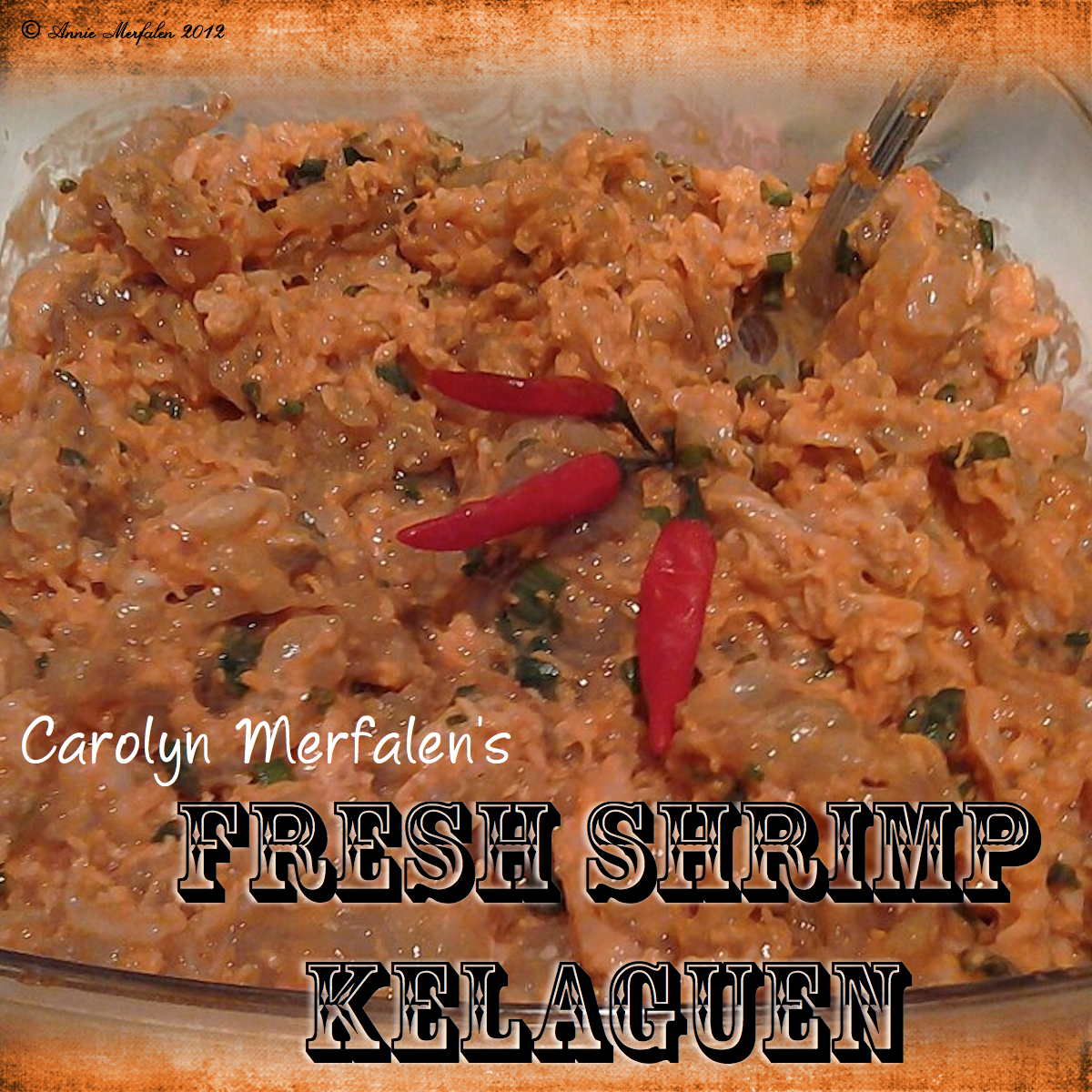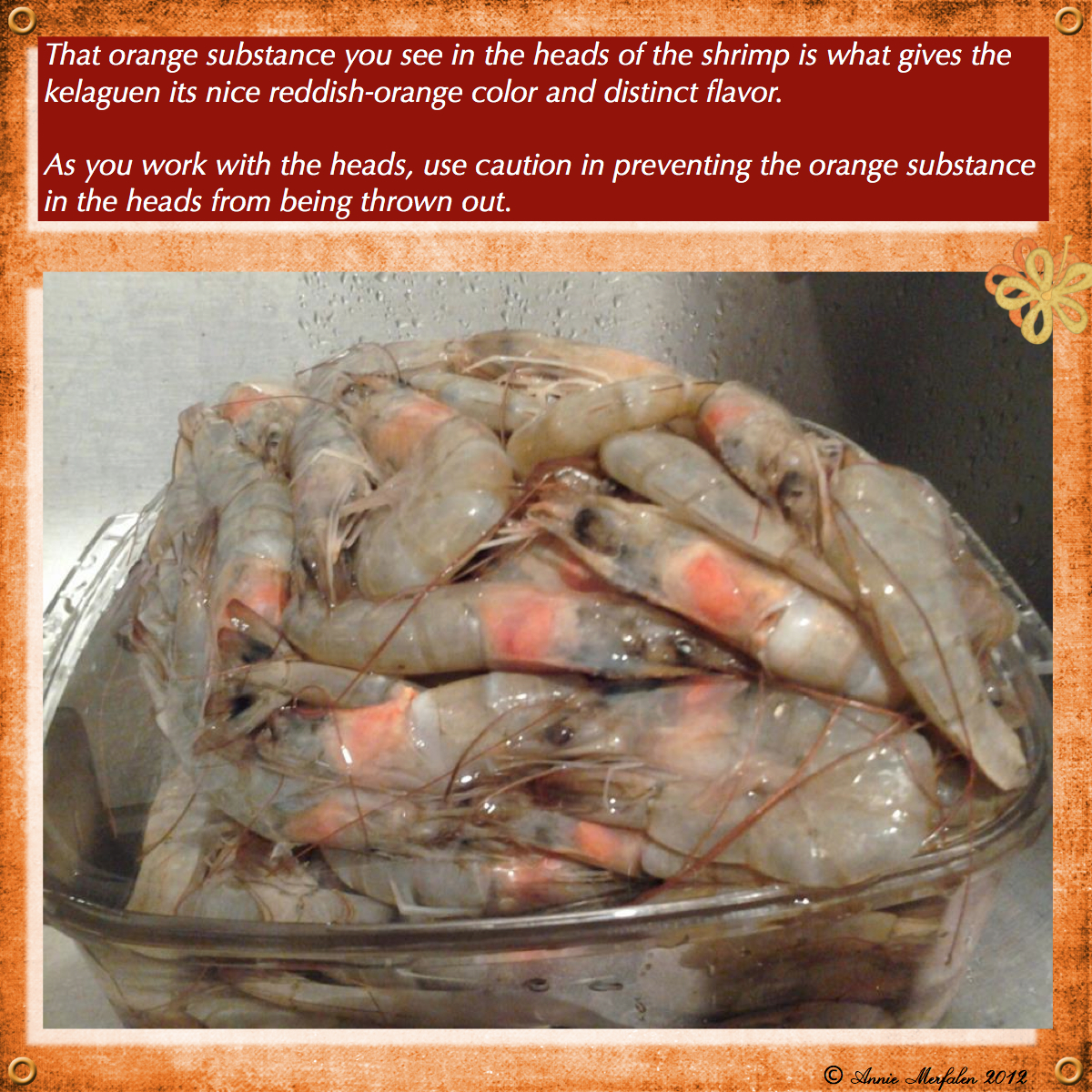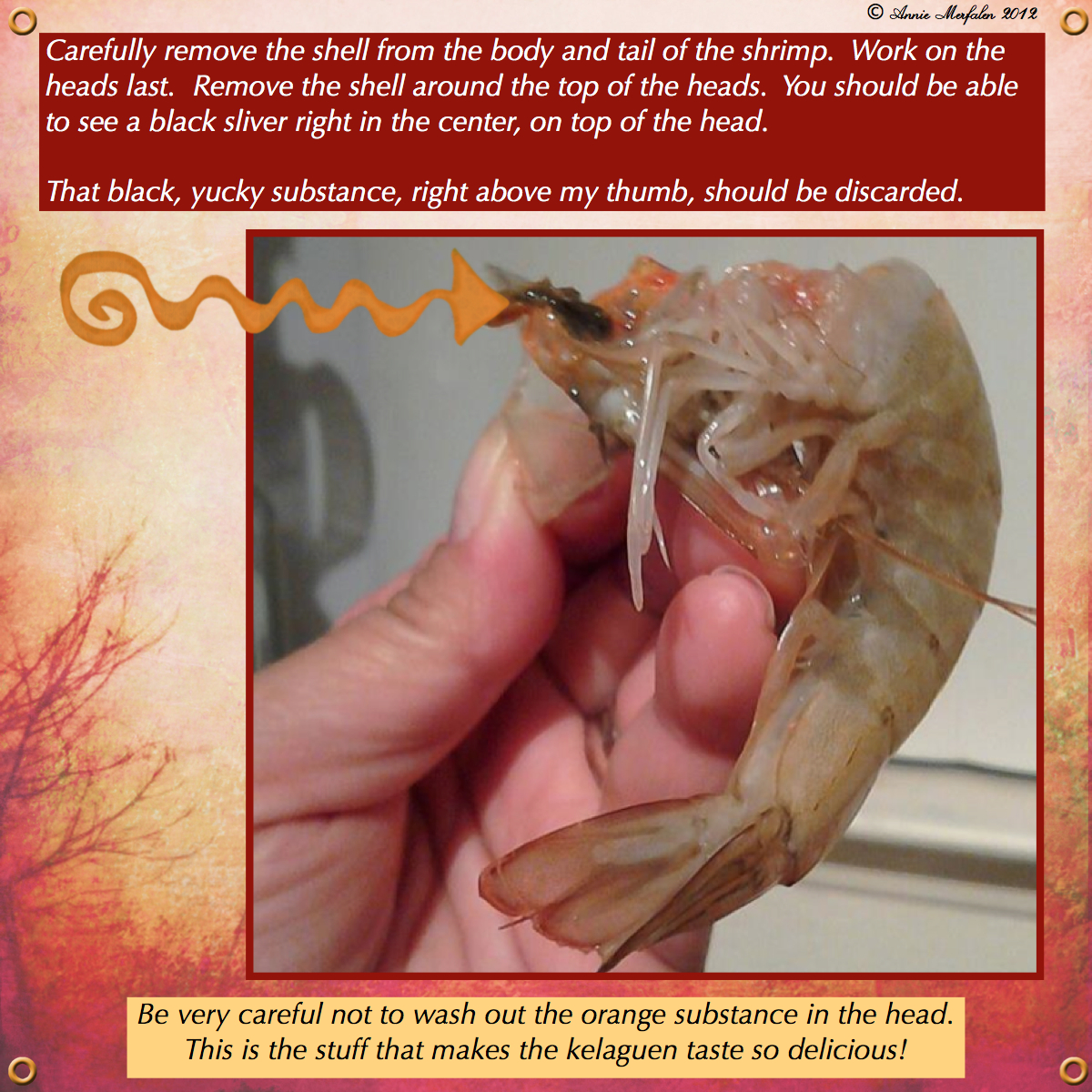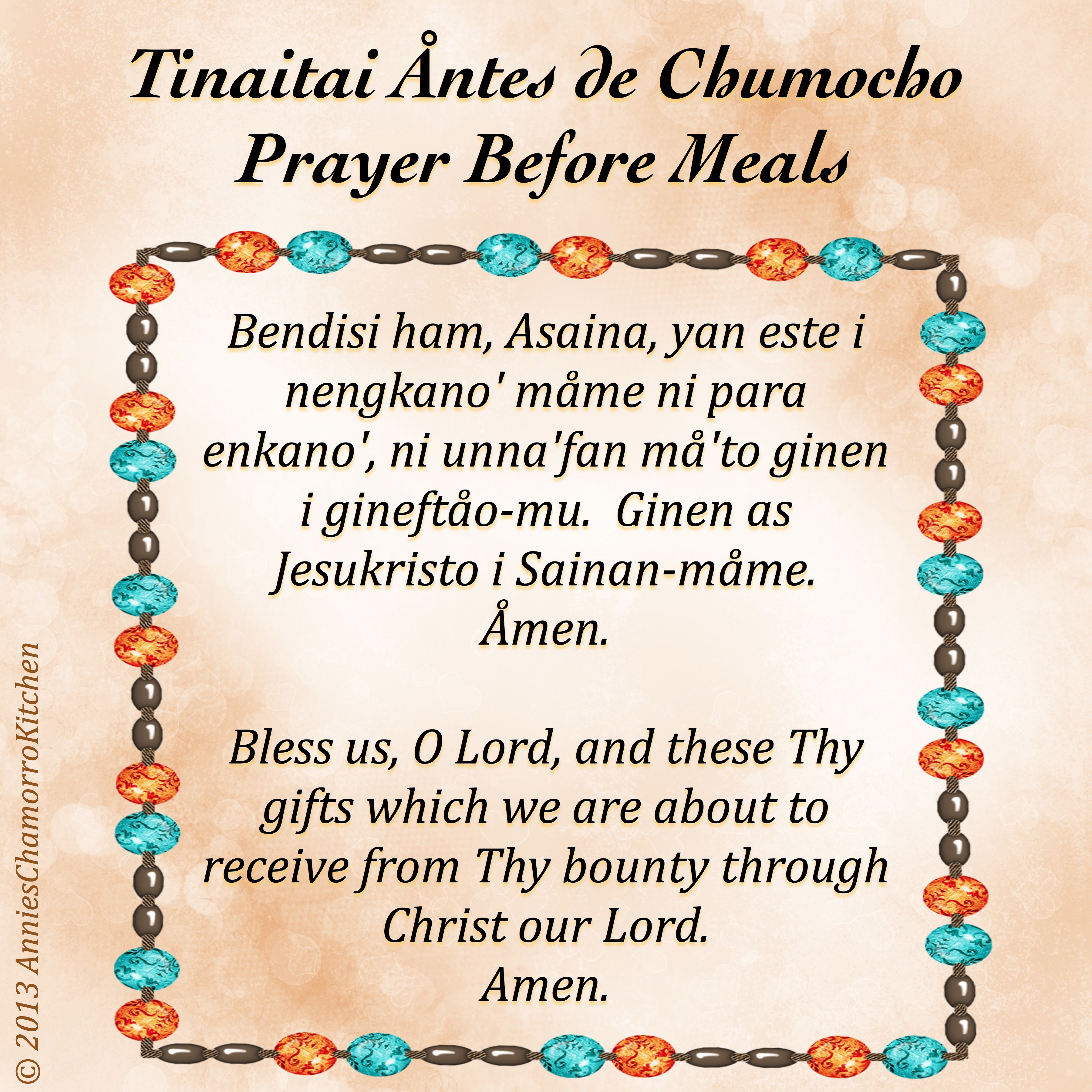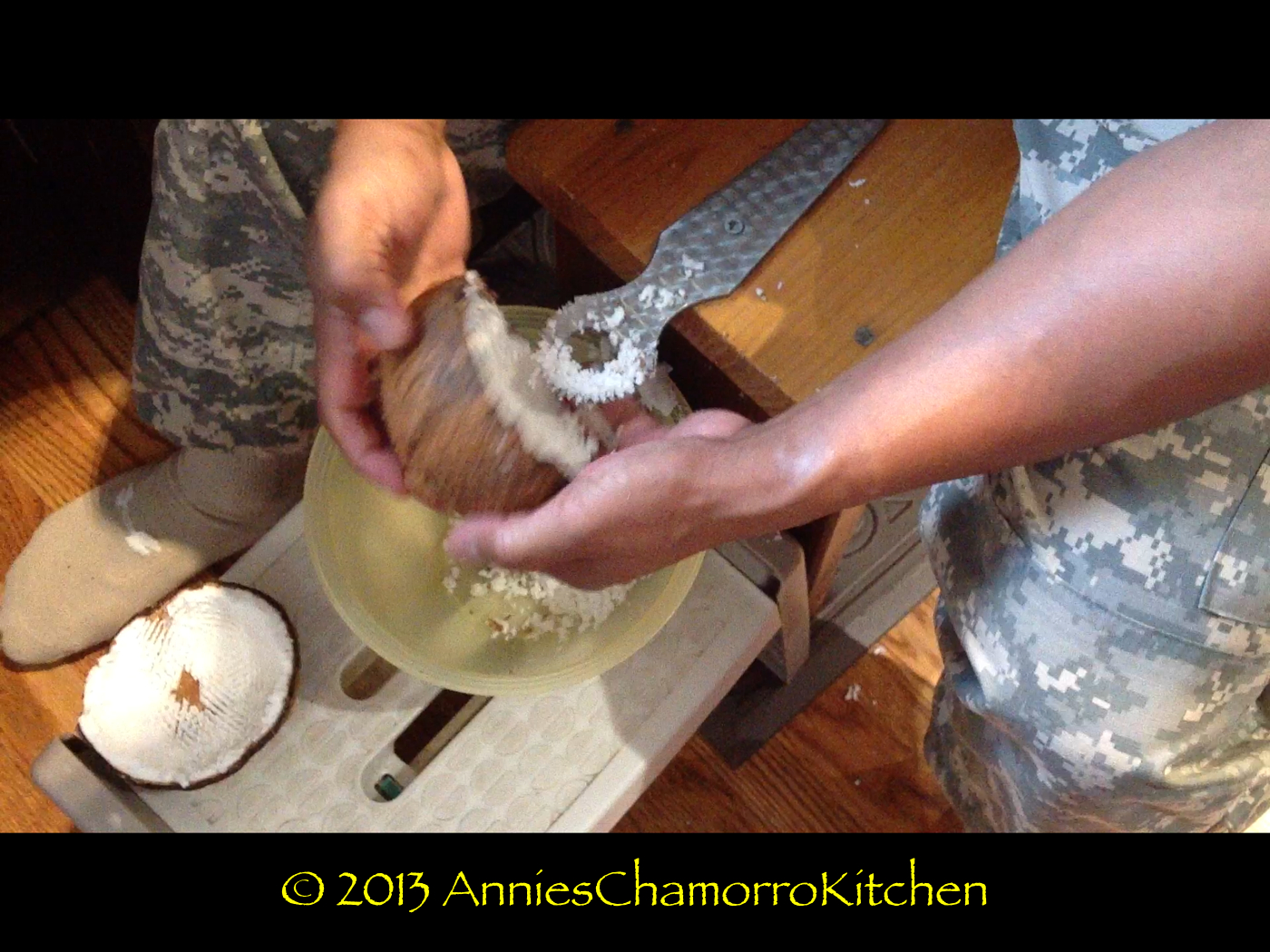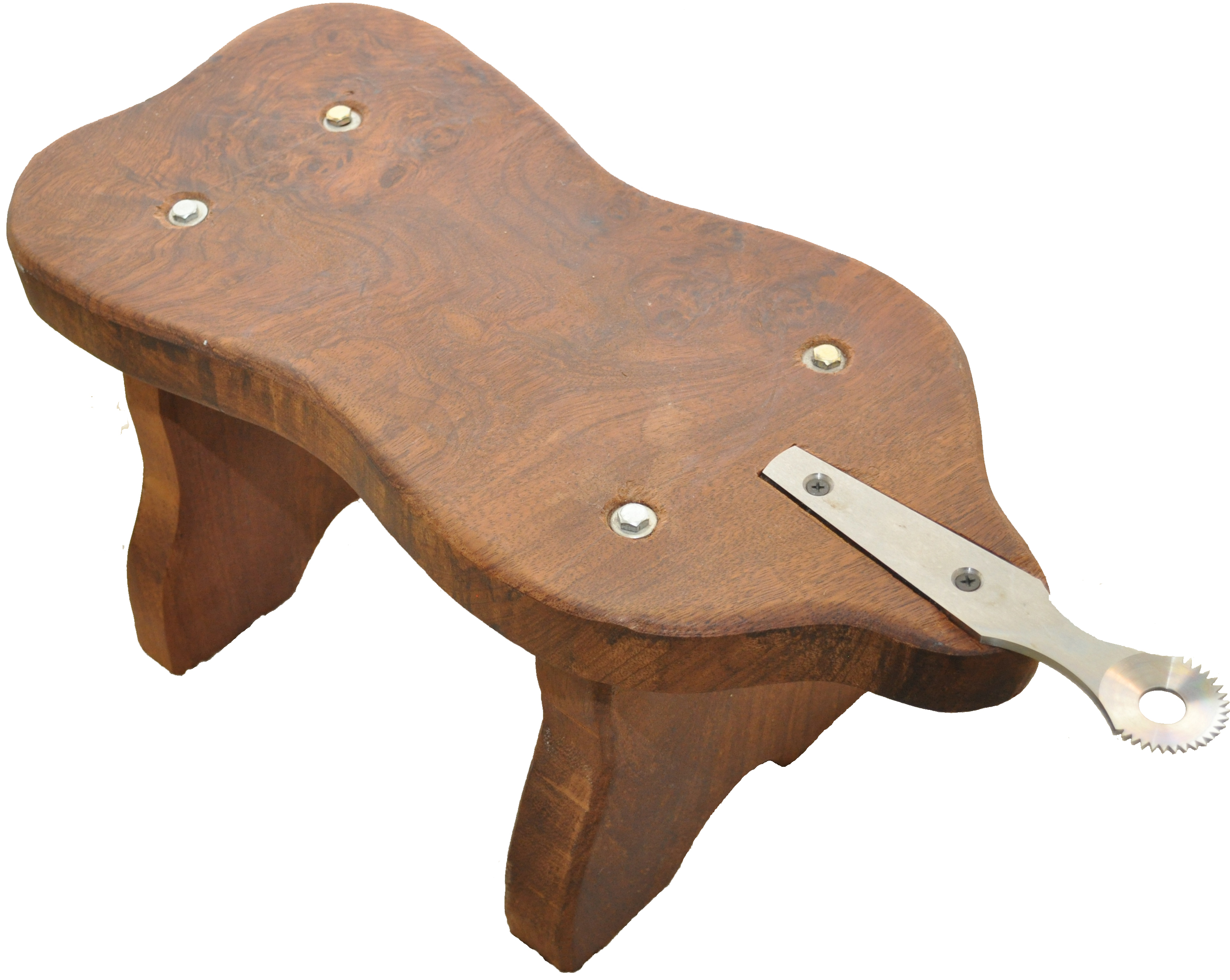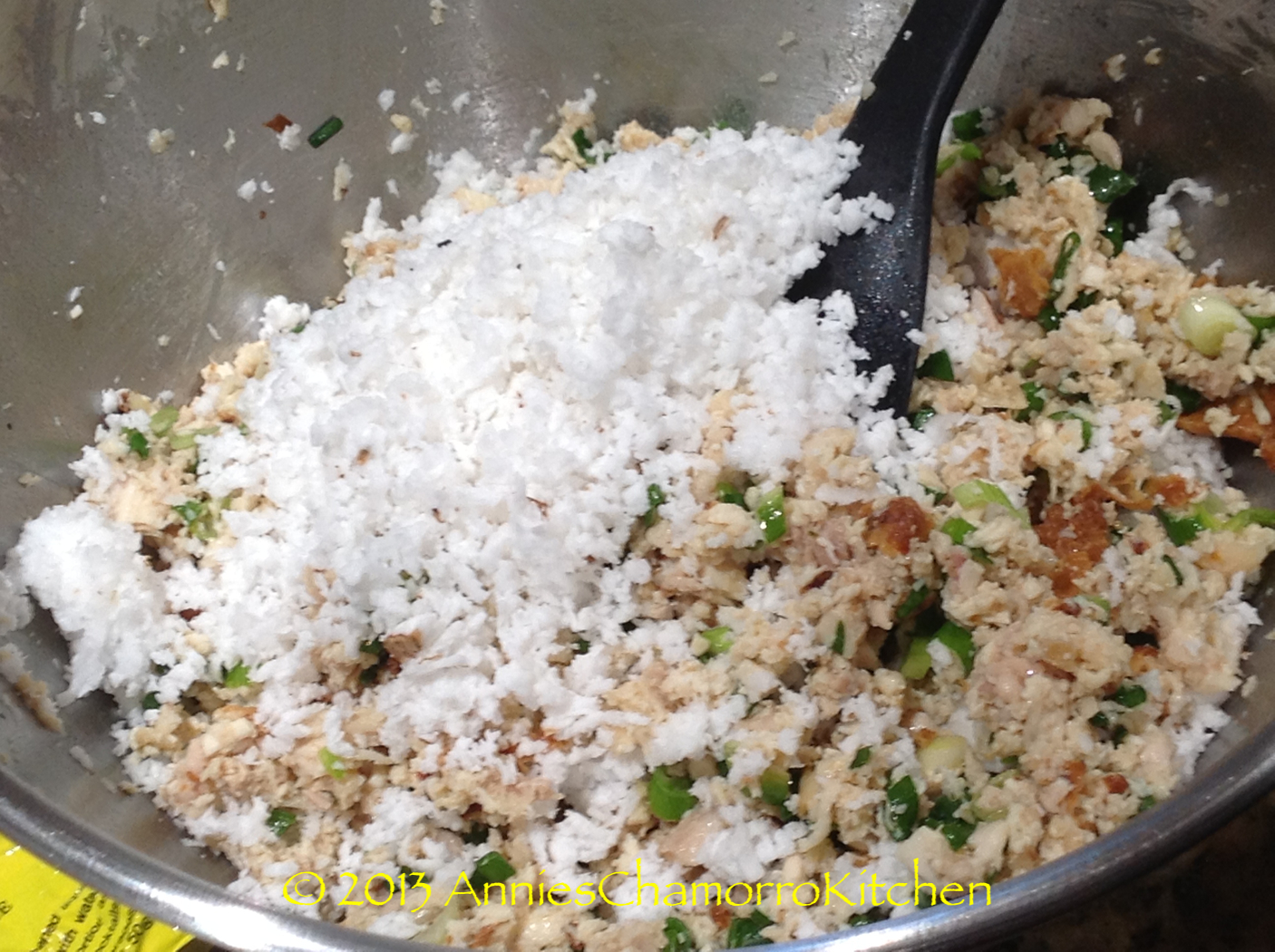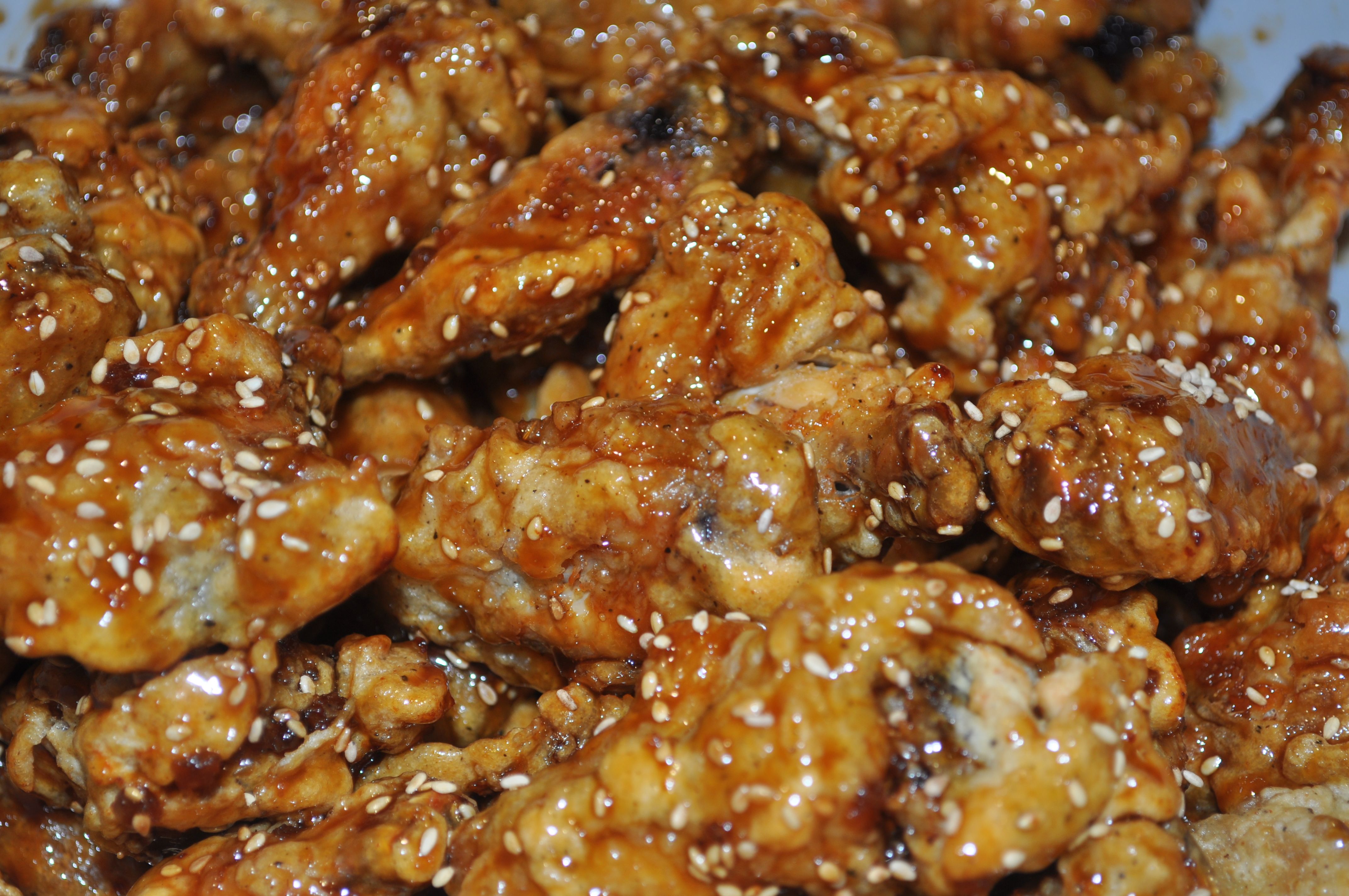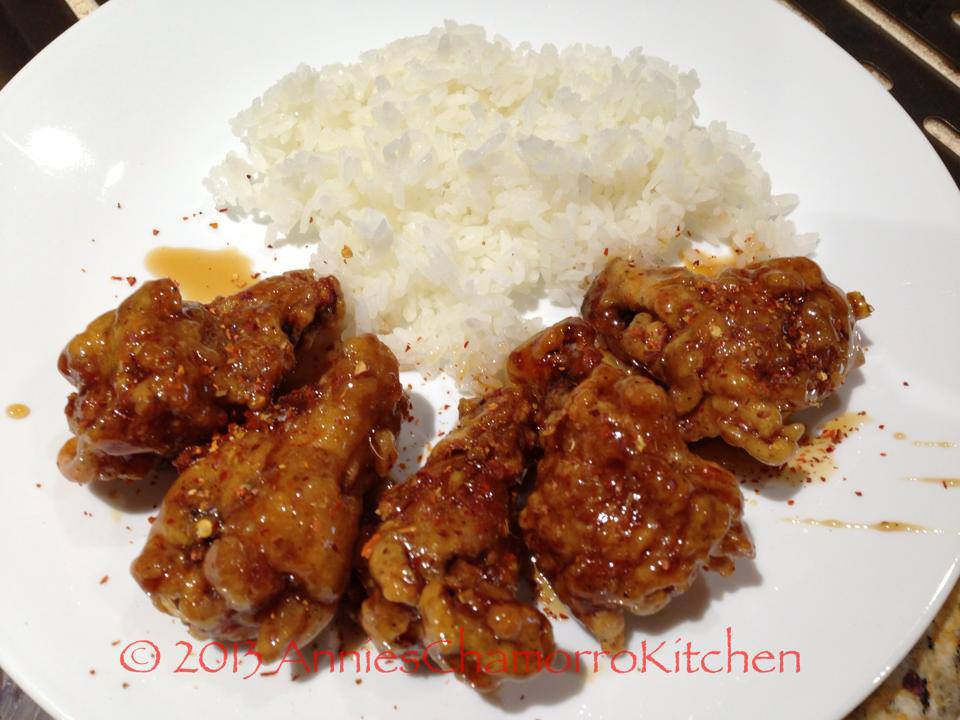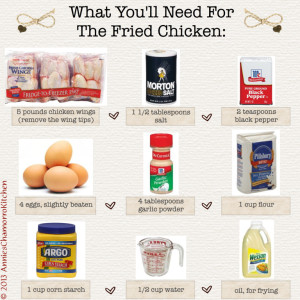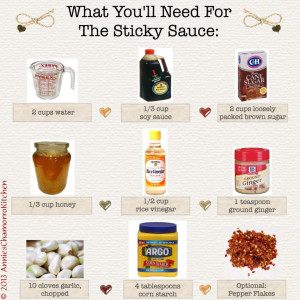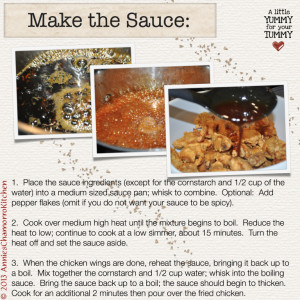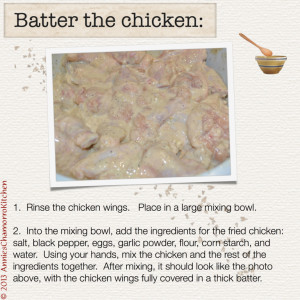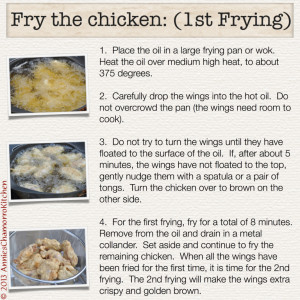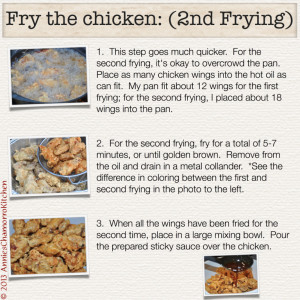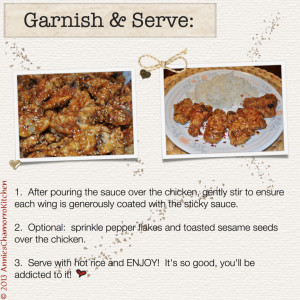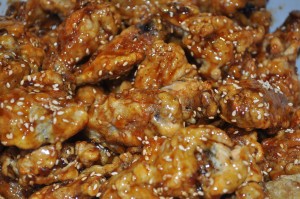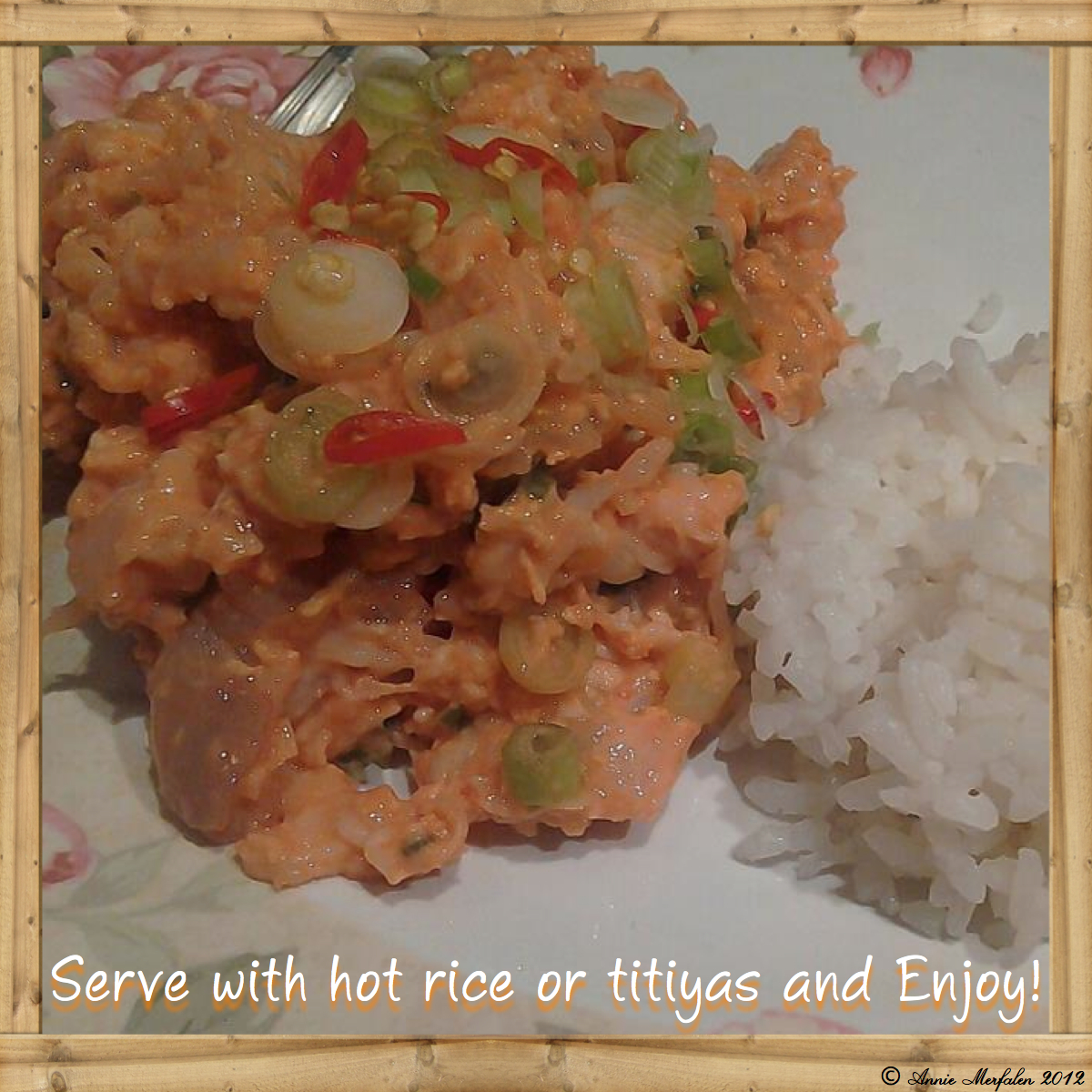
I love shrimp kelaguen. I love kelaguen, period, but shrimp kelaguen is at the top of the list, especially if it’s FRESH SHRIMP kelaguen. Oh, and serve this up with fresh corn titiyas…man, oh, man, my mouth is watering just thinking about it!
For those of you who don’t know what kelaguen is, it’s kind of like ceviche.
Funny story…I had a recipe for fresh shrimp kelaguen, then my sister, Carolyn, shared hers as well. I went back and compared our recipes and they were almost identical. Of course they would be nearly identical — we learned to cook from the best teacher in the world, OUR MOM. Here’s to all of our moms and dads, aunts, uncles, grandparents … thanks for teaching us so many things, especially how to make all this yummy Chamorro food!
So, back to fresh shrimp kelaguen. This is a time consuming process, but it is WELL WORTH the effort. If this is served at a fiesta, I ignore all other food and gorge myself on this delicacy, it’s that good.
Here is my sister, Carolyn’s recipe.
Give it a try and let us know how you like it. Enjoy!
FRESH SHRIMP KELAGUEN
Recipe by Carolyn Merfalen
INGREDIENTS:
- 5 pounds fresh shrimp, with the head and shell on
- Salt, to taste
- Lemon juice (or powder), to taste
- 6-8 stalks green onions, sliced
- Freshly grated coconut
- Hot Pepper, to taste
DIRECTIONS:
1. Fresh shrimp (with the heads on) is best for kelaguen. You can, however, still make it using frozen shrimp (again, with the heads on). I recommend pouring boiling water over the raw shrimp, to lessen its sliminess. Let the water run right off the shrimp, preventing it from puddling. You want to avoid it being cooked in the boiling water.
2. Depending on your liking, you may keep the shells on. Fresh shrimp is best for this since the shells are very soft and easy to chew and swallow. Otherwise, carefully remove the shells from the body and tail of the shrimp, especially if you are using store-bought boxed frozen shrimp since those shells are hard.
3. Work on the heads last…carefully remove the shell around the top of the heads. You should be able to see a tiny black sliver right in the center, top of the head, after removing the shell. (I don’t know what it is, but it looks dirty. My mom also mentioned it’s bitter.) As you work with the heads, use caution in preventing the orange substance in the heads from being thrown out. That orange substance is what gives the kelaguen its reddish color and very distinct flavor.
4. Devein the shrimp, if the shells were removed. (I usually remove them and devein them.) Mash the shrimp a bit using a fork.
5. According to taste, add lemon juice or powder, salt, finely diced green onions, freshly grated coconut, and red hot peppers. Mix to combine. Serve with titiyas or hot white rice and enjoy! Absolutely delicious!
